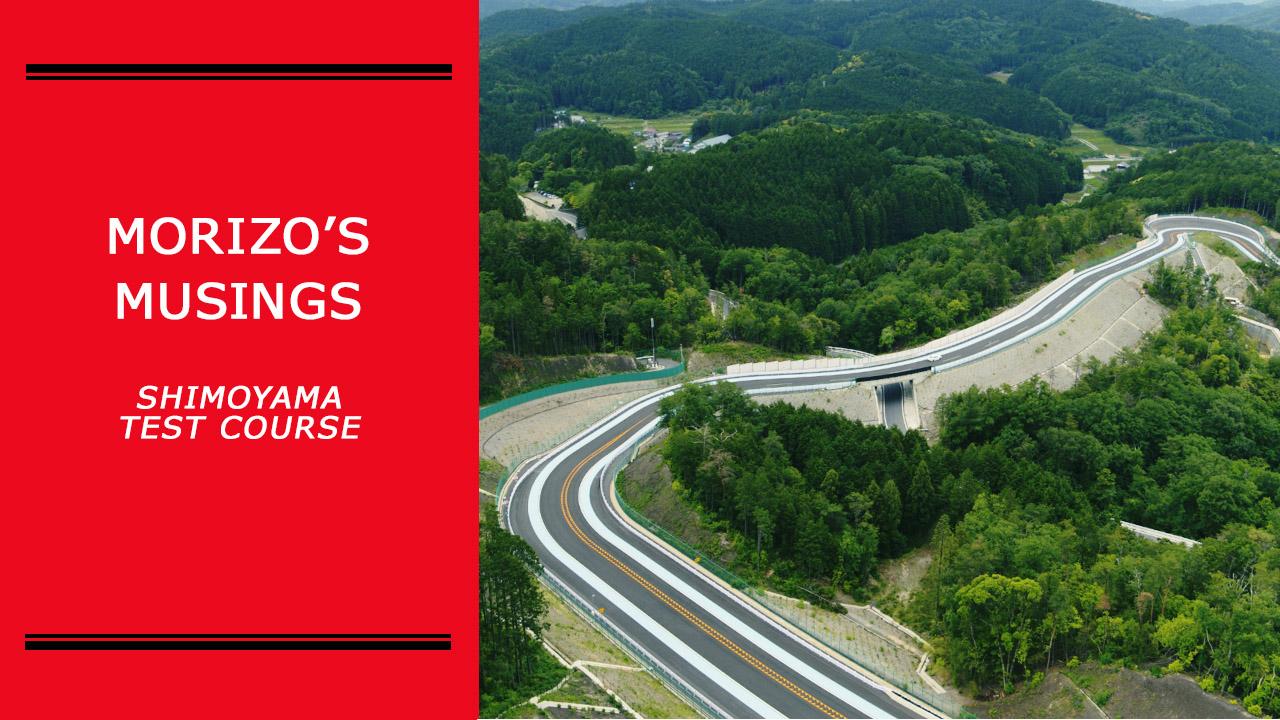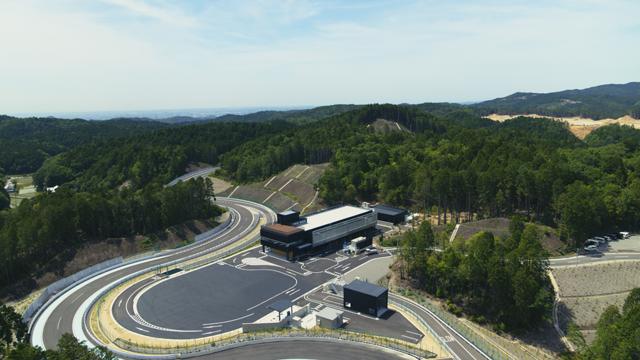
As the Shimoyama Test Course opens in Japan, Morizo explains why he was in a rush to build the "Third Circuit", or "Country Road", first, and how that ties to the process of "drive and fix".

Hi – Morizo is back for another post!
As you may or may not know, a new development facility recently opened, named Toyota Technical Center Shimoyama.
Although it is open, only a small portion of it has been completed.
The new facilities include buildings as well as a test course. We call the course the “Third Circuit.” Overall, the site will have three circuits; the Third Circuit has been completed ahead of the First and Second Circuits. Though completed ahead of the others, this is by no means because the Third Circuit was easier to build.
Each of the circuits is important, but I had one big reason why I wanted the Third Circuit built first.
To give a quick overview of the three circuits, the order First, Second and Third are not just numerical. The First Circuit is the name we give to the circuit that is an oval shape with the longest straight track. The First Circuit of the test course in Hokkaido has a straight track of about 5 km.
The Second Circuit consists not only of a straight track but also a variety of other tracks.
And the Third Circuit is what we call the country road.
Those are the basic explanations of the different circuits. The truth is that I am not really sure why this naming convention has continued to be used for these kinds of tracks.
This Third Circuit Country Road is designed with uphills, downhills, right corners, left corners, etc. The idea is to recreate a sort of mountain path in the countryside.
At Shimoyama, our country road has a total length of 5.3 km and an elevation difference of 75 meters.
This is about a quarter of Nürburgring, both in length and in elevation.
The test course was completed with the help of test drivers so that they could utilize the know-how they had learned at Nürburgring while utilizing the terrain of Shimoyama.
But we did not limit the use of what we learned at Nürburgring in the building of the road.
Nürburgring is known for its unique ability to bring out the problems in cars, even cars that have been tested many times in Japan can run into problems after just a little driving.
If something goes wrong, we return the car to the pit, repair it, and drive it again.
By repeating this, we are able to tune the car.
From June 2019, Shimoyama will become the workplace of our test drivers and they’ll begin to make cars that repeat the process of “drive and fix, drive and fix.”

Toyota Technical Center Shimoyama
It has been strongly understood in Toyota that the primary purpose of this test course is to "collect data for vehicle development."
In fact, it is one reason why we have been cautious about inviting guests to the test course. Actually, when we did invite a celebrity in Japan, Matsuko Deluxe, to visit the Higashi-Fuji Laboratory for a televised program, the scene of the test course, from the road surface to the surrounding scenery, was all blurred out deliberately.
When the program aired, it looked like a scene of a car driving through a deep fog.
But to me, Shimoyama is something I created as “A path to make better cars.”
In other words, I have been building these circuits as both “a path to train cars” and “a path to break cars.”
On the contrary, it is my hope that many people will know about this course, so I have decided to talk openly about it and not keep it hidden.
By having this testing site, I hope that many will better understand the passion and intentions behind a saying of ours: "roads make cars." This is a constant reminder of an important lesson we learned from Naruse san that he practiced in Nürburgring.
Recently, I finally had the opportunity to drive on the completed Third Circuit at Shimoyama.
With its intense ups and downs, a series of endless corners... It actually made me feel as if I were driving at Nürburgring.
Here, at this new course in Shimoyama, we hope to use the information and experience we gather to create cars that offer more safety, cars that make you feel you want to keep riding in.

